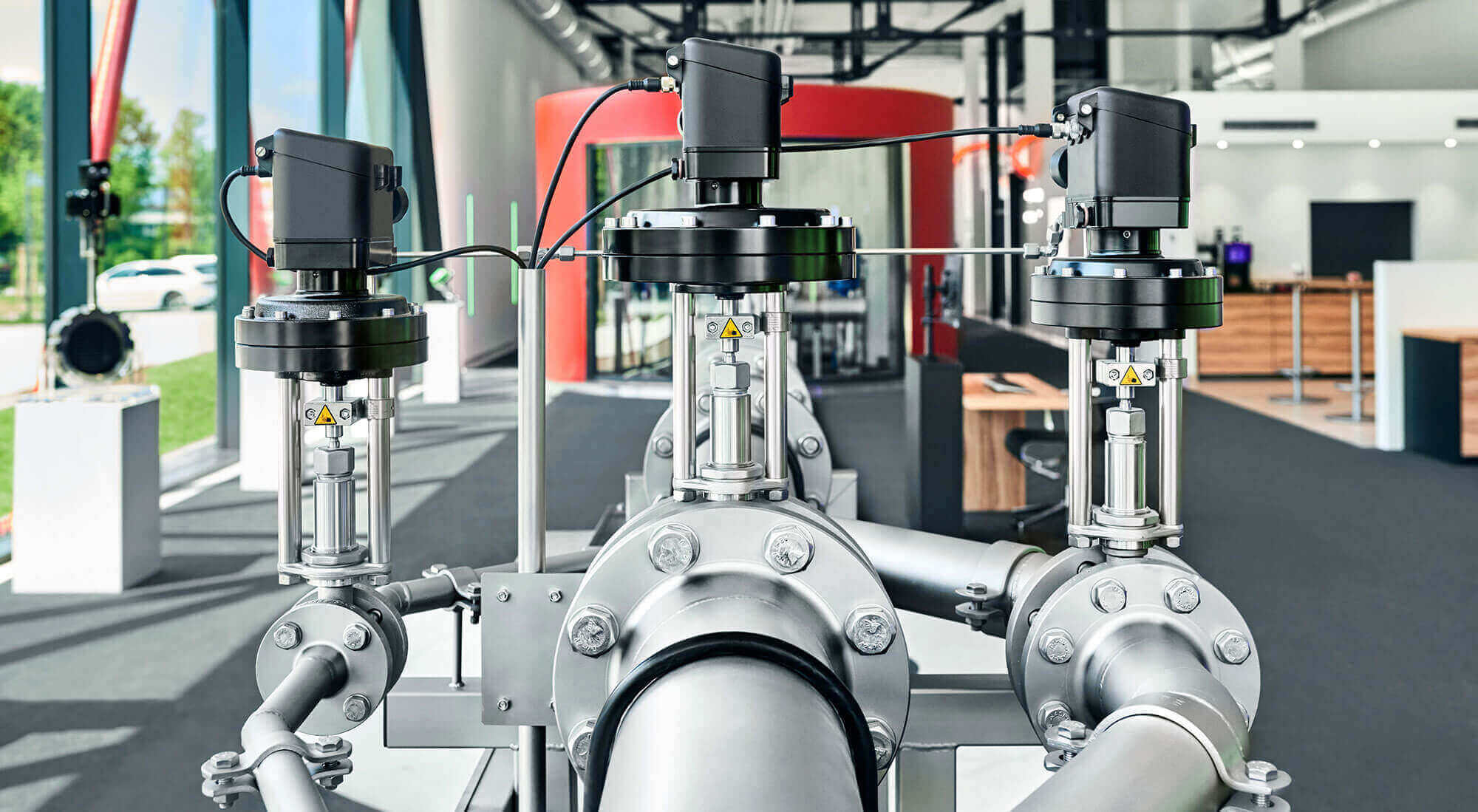Motor operated valves (MOVs) are widely used in various industries, including oil and gas, water treatment, and HVAC systems, for controlling the flow of fluids. The integration of electric motors with valves enhances automation, allowing precise control over the opening and closing mechanisms. This blog will delve into the types of motor operated valves, focusing on ball valves and butterfly valves, their functions, key components, and applications, incorporating all the relevant keywords.
A motor operated valve (MOV) is a type of valve that uses an electric motor to control its operation, making it easier to open or close the valve remotely or automatically. Motorized valves are essential for regulating flow rates, controlling the flow of liquids or gases, and ensuring safety in industrial processes.
Ball valves are quarter-turn valves that use a spherical disc (ball) to control flow. When the ball is rotated 90 degrees, the valve either opens or closes, making it an excellent choice for applications requiring quick shut-off. Motorized ball valves are commonly used in situations where tight sealing is crucial, such as in oil and gas pipelines.
Butterfly valves are another type of quarter-turn valve but use a rotating disc to regulate flow. They are lighter and more compact compared to ball valves, making them ideal for large-scale operations where space and weight are considerations. Electric actuated butterfly valves are often used in HVAC systems, water treatment plants, and chemical processing facilities.

• Electric Motor: The core component that powers the valve, allowing it to open or close with precision.
• Valve Body: The main casing of the valve, which can be made from various materials such as 316 stainless steel or lead-free alloys, offering excellent corrosion resistance.
• Controller: A device that regulates the motor's function, ensuring that the valve opens or closes as required.
• Valve Disc/Ball: The part that directly controls the flow; in ball valves, this is a spherical ball, while in butterfly valves, it is a flat disc.
The valve bodies are often constructed from robust materials like stainless steel or 316 stainless, which provide high durability, resistance to corrosion, and suitability for harsh environments such as in the oil and gas industry. These materials ensure the valves maintain their integrity over long periods, even under extreme conditions.
Motor operated valves are designed to control the flow by opening, closing, or adjusting the valve’s position. The electric motor provides the necessary torque to move the valve components. In electrically actuated ball valves, the ball rotates to allow or restrict flow. Similarly, electric actuated butterfly valves use a rotating disc mechanism. Both valve types can be fully opened or closed, controlling the flow rate precisely and efficiently.
• Oil and Gas: Motorized ball valves are commonly used to control the flow of crude oil, natural gas, and other hydrocarbons. Their ability to provide tight sealing makes them ideal for high-pressure environments.
• Water Treatment: Butterfly valves are frequently used in water treatment plants for flow regulation due to their lightweight design and ease of operation.
• HVAC Systems: Electric motorized butterfly valves are essential for regulating air flow within heating, ventilation, and air conditioning systems.
• Chemical Processing: The use of stainless steel valve bodies ensures that the valves can withstand corrosive chemicals without degrading.
1. Precision Control: The integration of electric motors allows for exact control of flow rates and valve positioning.
2. Automation: Motorized valves can be integrated with control systems, enabling automated operation and remote access.
3. Reduced Manual Intervention: Electric valves eliminate the need for manual operation, enhancing safety and efficiency in industrial settings.
4. Durability: Constructed from high-quality materials like 316 stainless steel, motor operated valves offer long service life and reliability in demanding conditions.
Motor operated valves, including motorized ball valves and electric actuated butterfly valves, are integral components in modern industrial automation. Their ability to control the flow of liquids and gases efficiently, combined with the durability of stainless steel valve bodies, makes them invaluable in various sectors, particularly in oil and gas. By leveraging these advanced valves, industries can enhance safety, improve operational efficiency, and maintain precise control over their processes.
Whether it's ensuring tight shut-off in oil pipelines or managing air flow in HVAC systems, motor operated valves provide reliable, automated solutions for controlling the flow of fluids across numerous applications.
Feel free to reach out if you have any questions about the motor operated valve for your specific needs or want to know more about how these systems can improve your operational efficiency!
( Email: [email protected] )